Nice collection of images...but doesn't make enough of a point...yet
In many neighborhoods, public spaces surround basketball or tennis courts, baseball diamonds, or other kinds of sports venues. People gather in large groups to tailgate before weekend football games and celebrate after wins. Sports and community go hand in hand. It makes sense therefore to think about how sports and social life can be better intertwined and intentionally design sports venues to encourage connection and community.
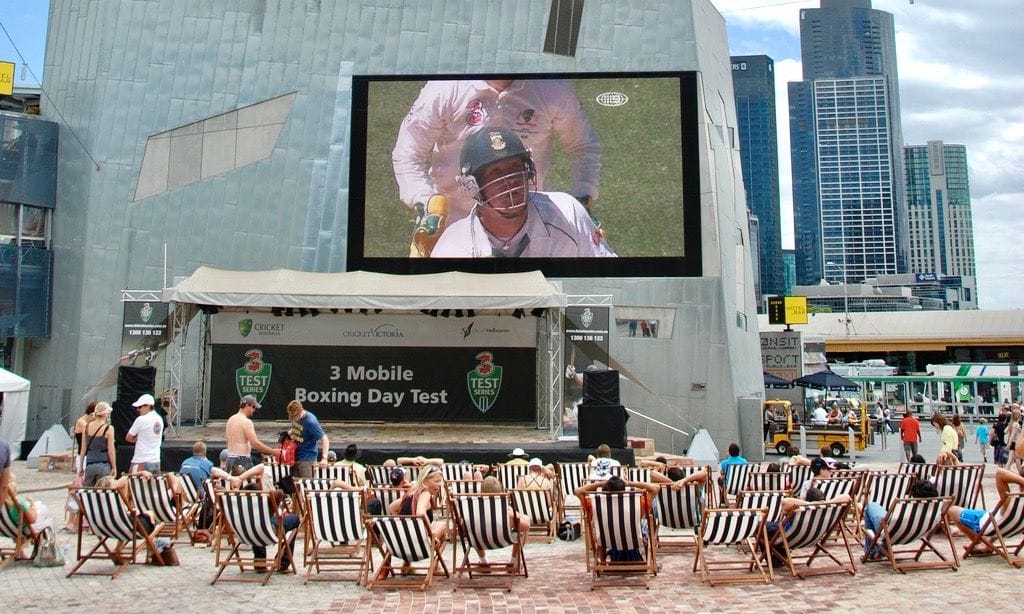
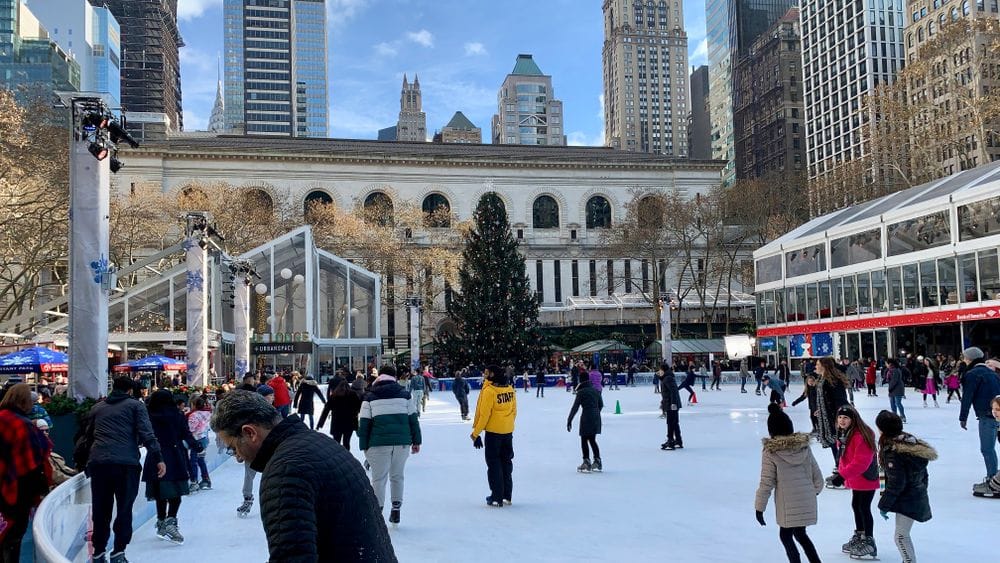
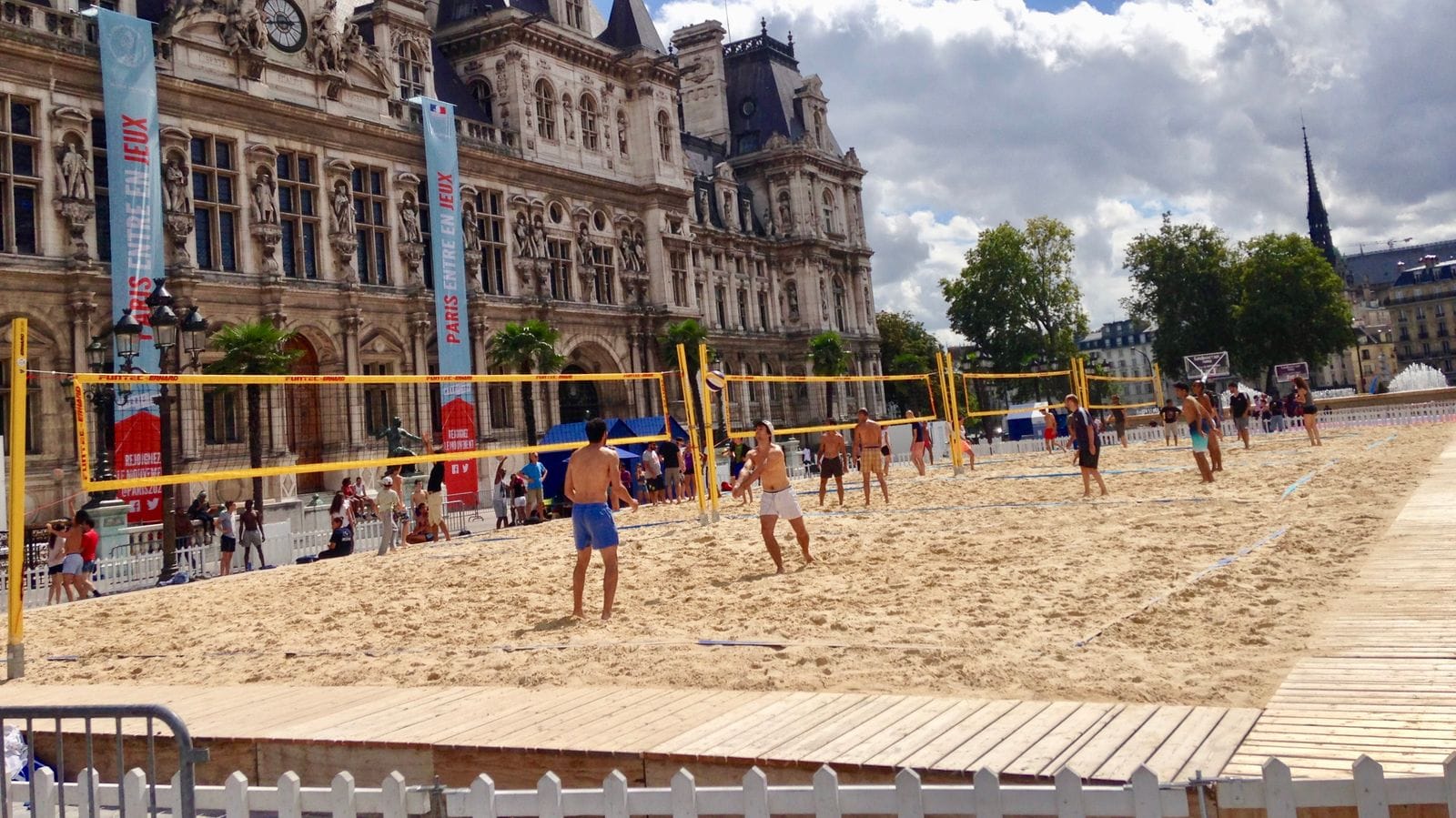
The marriage of sports and social life is a natural one. Wherever people are competing, there are people watching. Being a sports spectator is one of the most popular forms of entertainment around the world. The wonderful thing is that when people watch and cheer together, they end up connecting with each other, even if they're strangers. They are instantly bonded by their support of the team or player and talking about sports is one of the easiest ways to break the ice.
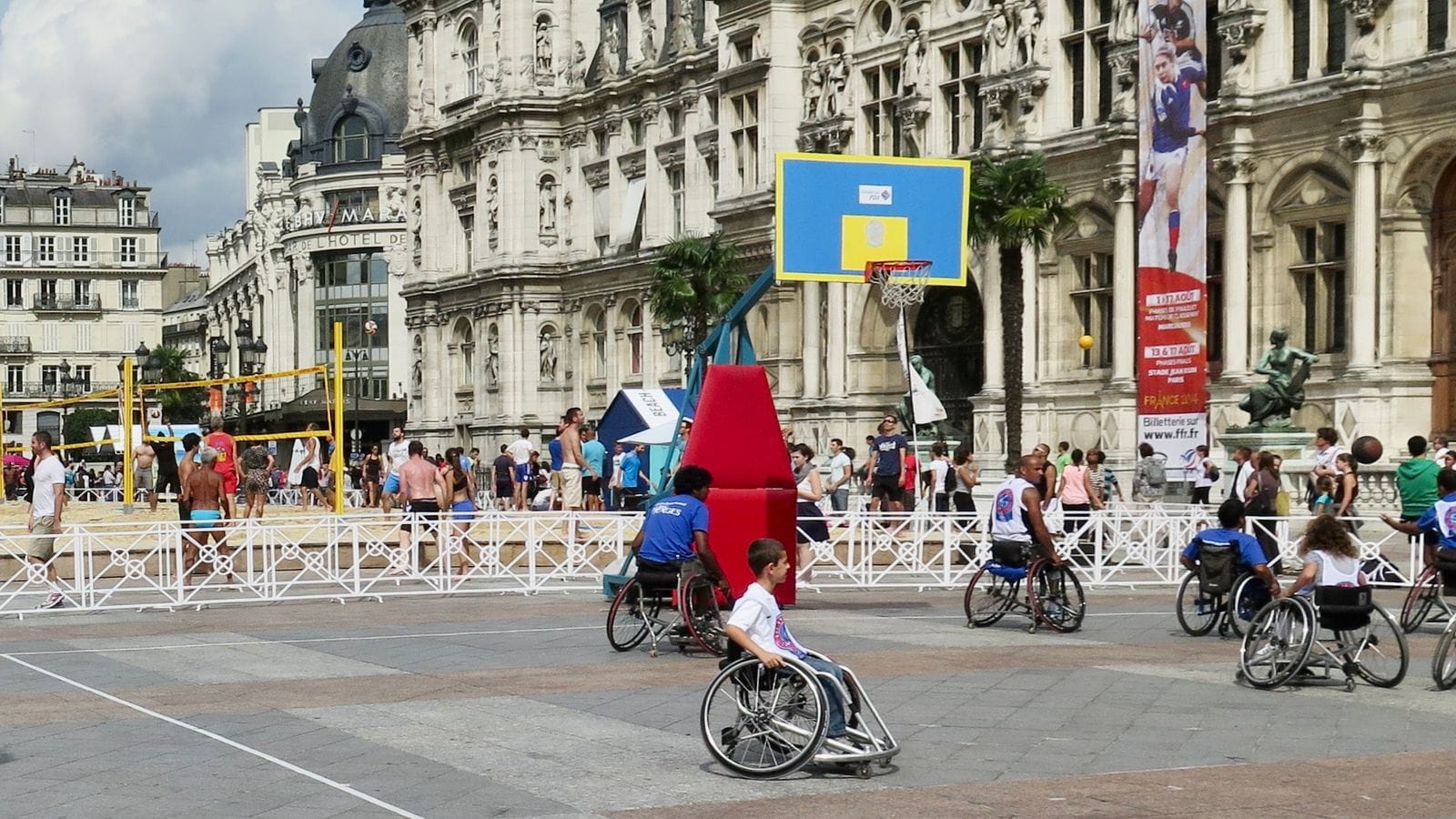
It therefore makes sense to create sports venues and arenas that optimize for social life. Instead of thinking only about what the players need and want, we should focus on what the spectators need and want too. For example:
- Shade
- When sports are played under a beating sun, it's important to have shade set up. The absence of shade is not only uncomfortable, it can be dangerous, since people often spend hours watching a game. Umbrellas, tree cover, and awnings are popular options for shade.
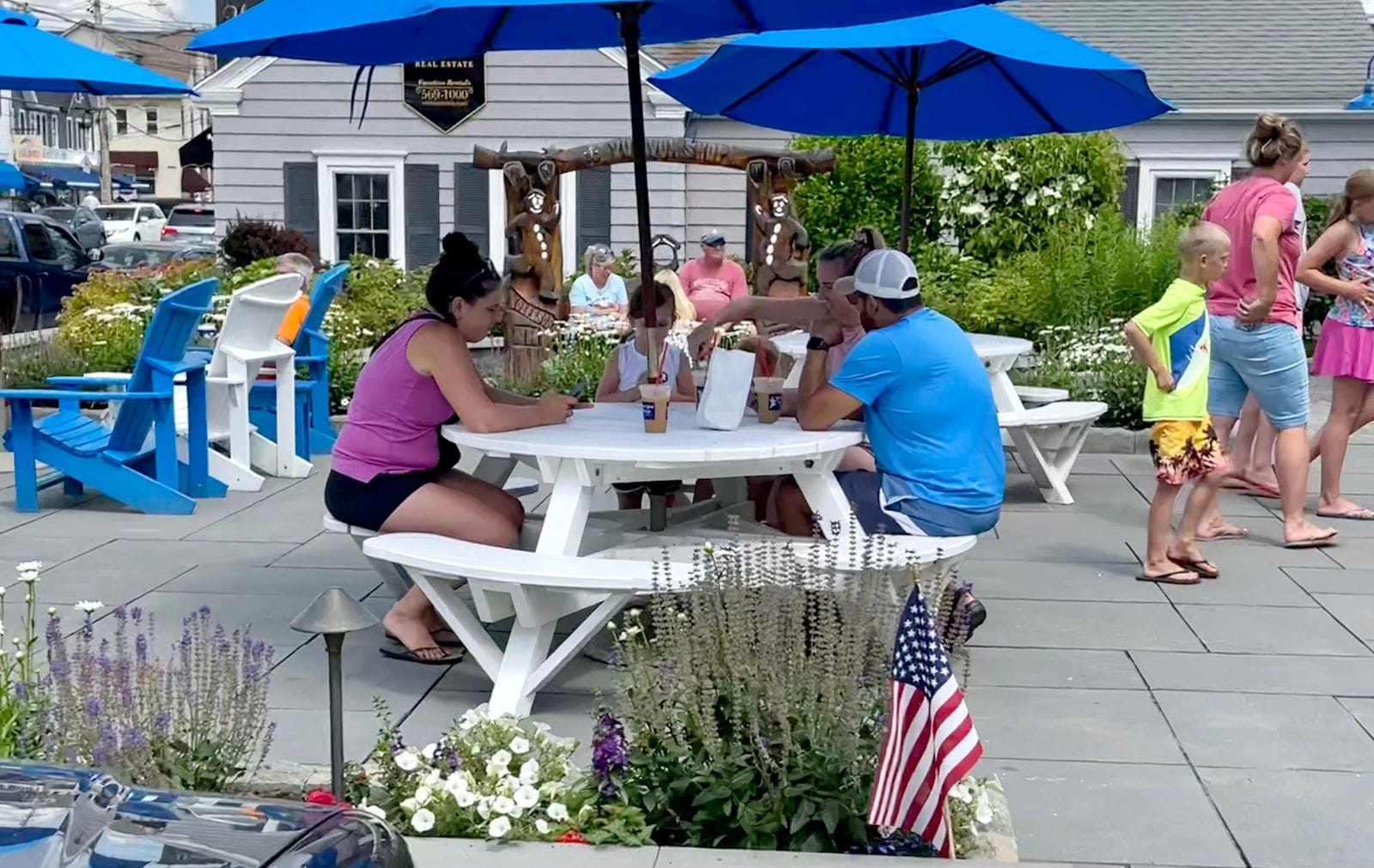
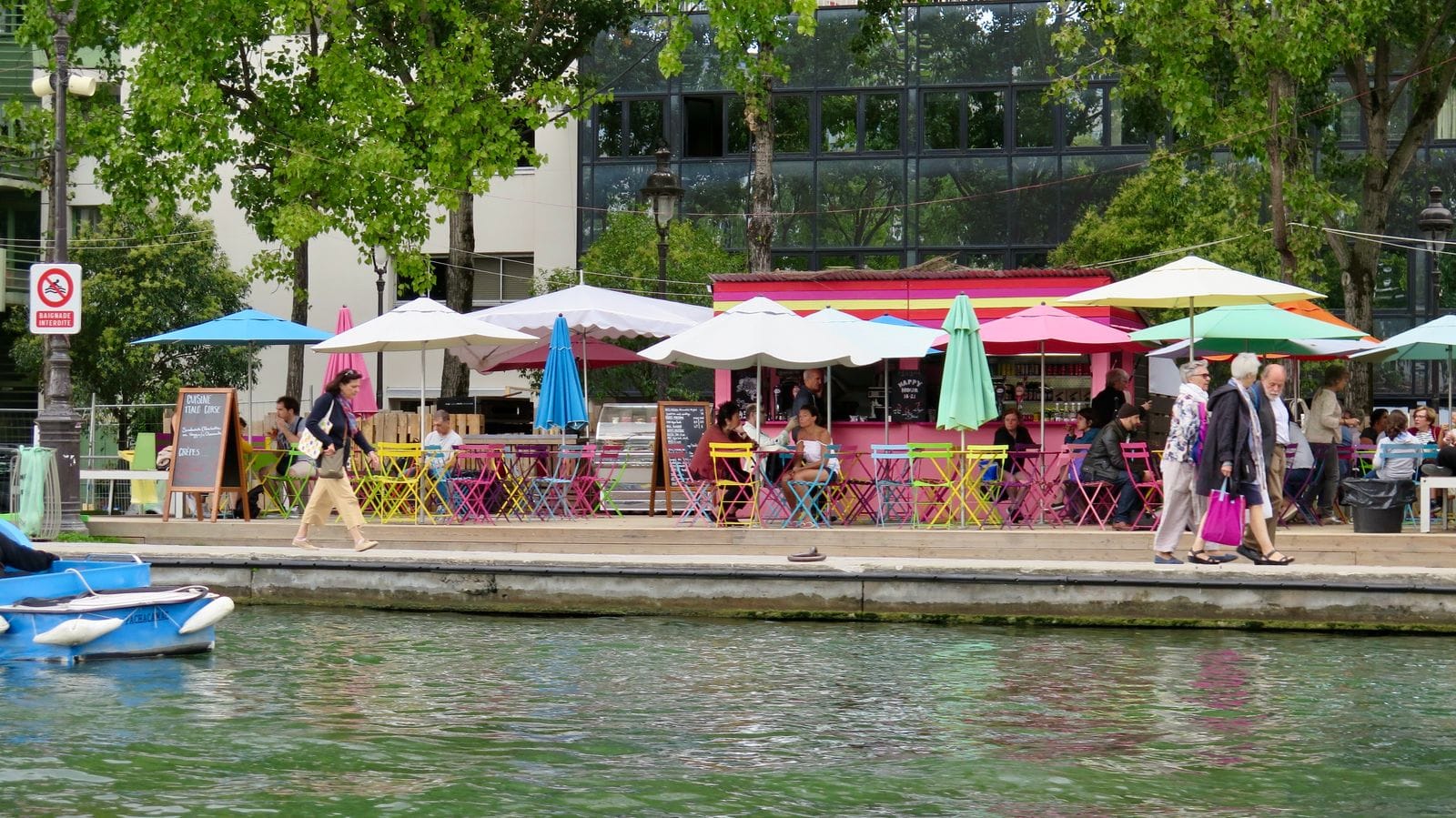
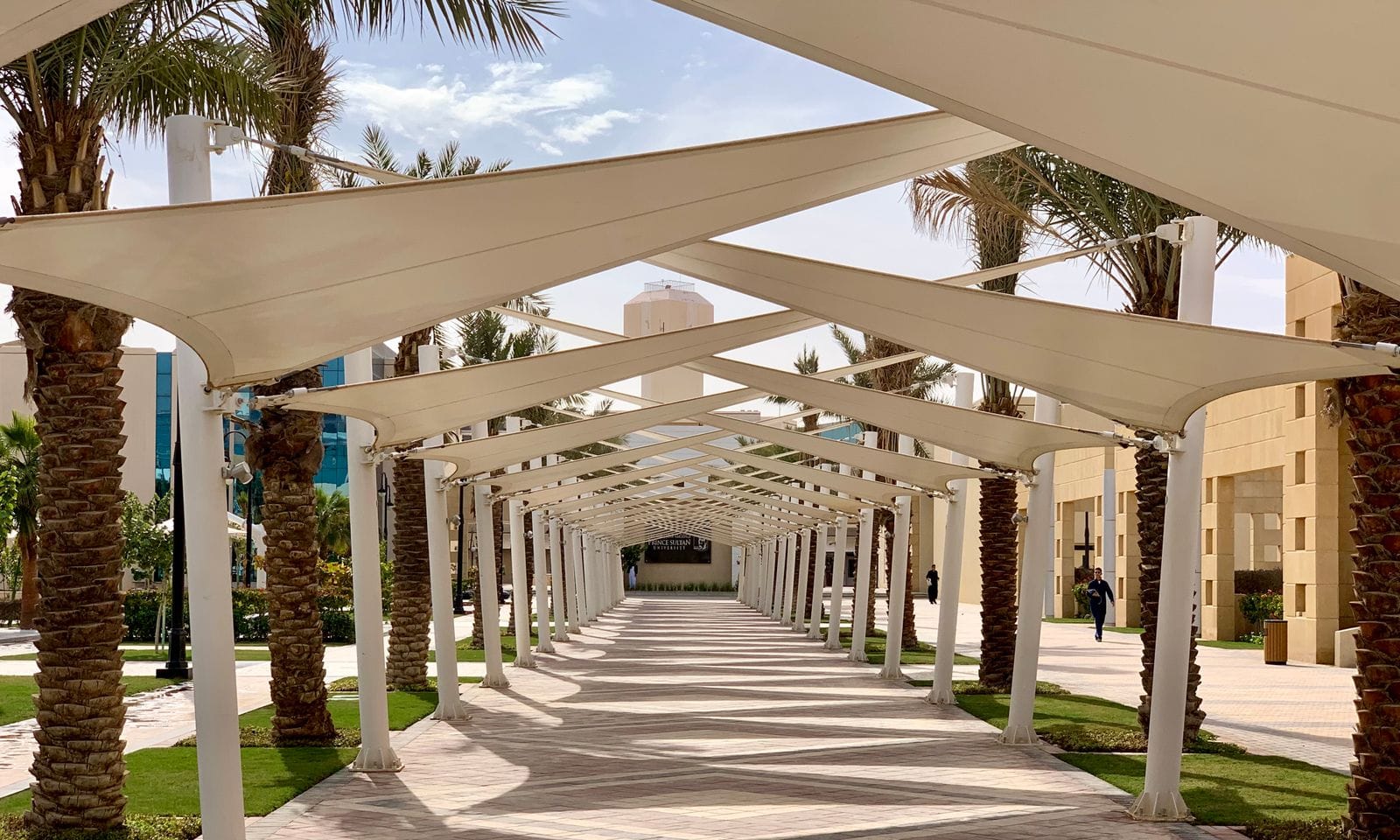
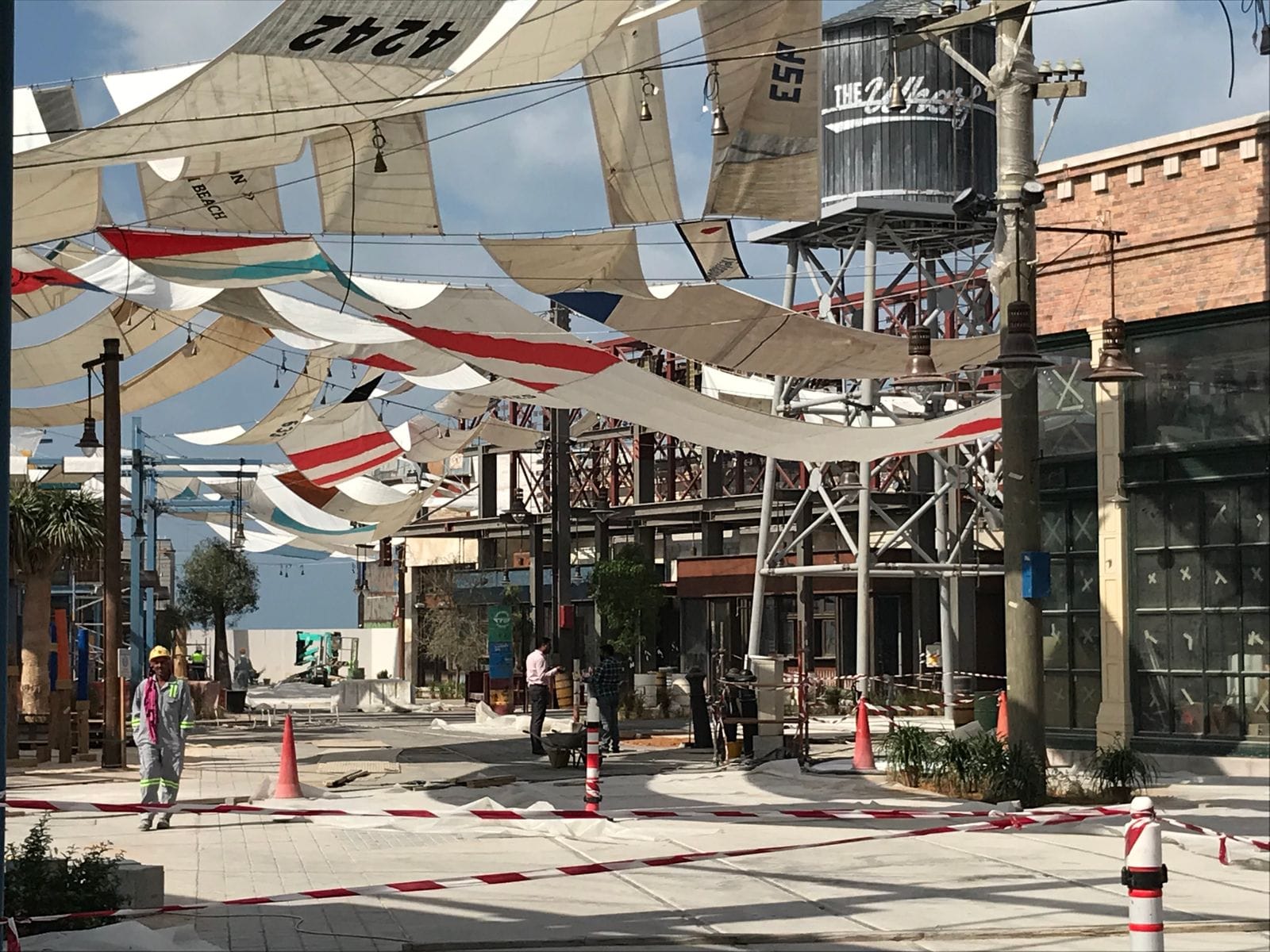
- Refreshments
- Because games are long and are often played in hot weather, having food and drink available around is important. This is commonplace at big sports arenas, but not as much in smaller neighborhood parks and courts. Refreshments make the sports watching experience, as well as the sports playing experience, more enjoyable.
- Providing refreshments doesn't only have to mean having a hot dog stand or drinks kiosk set up. Having full fledged cafes or bars in the area is a great idea for people who want to take a break from the game or want to connect more deeply with fellow fans before or after.
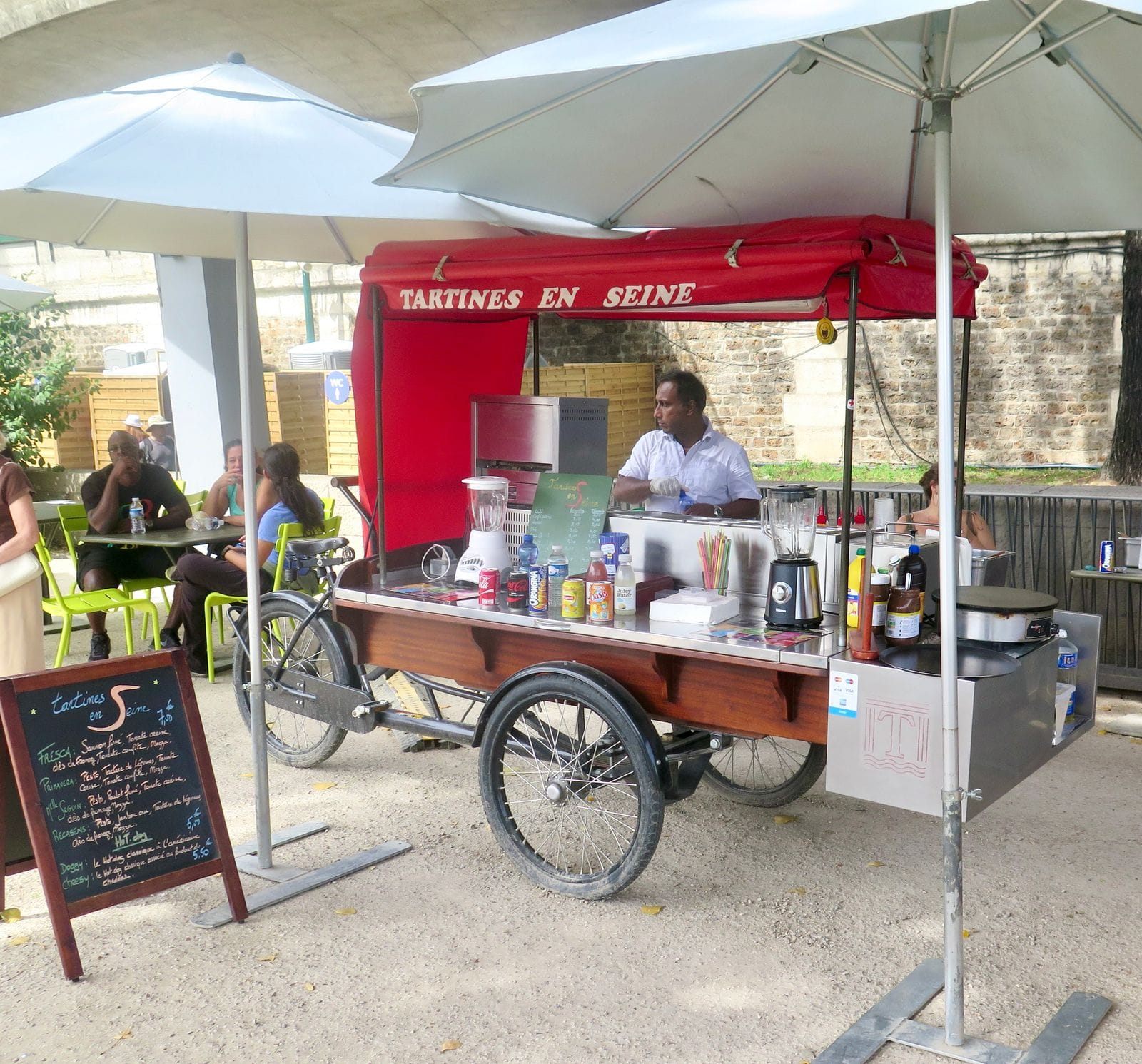
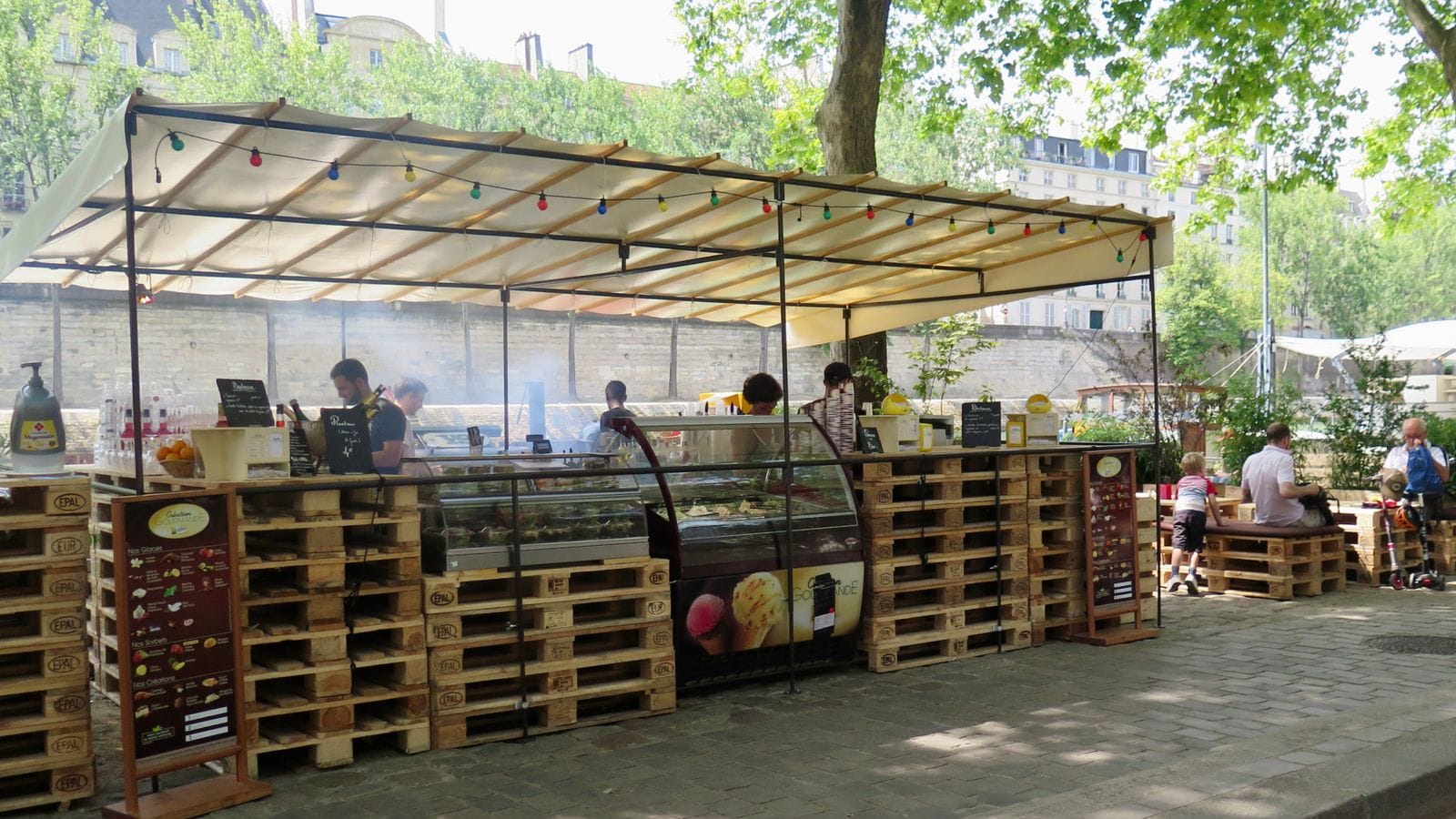
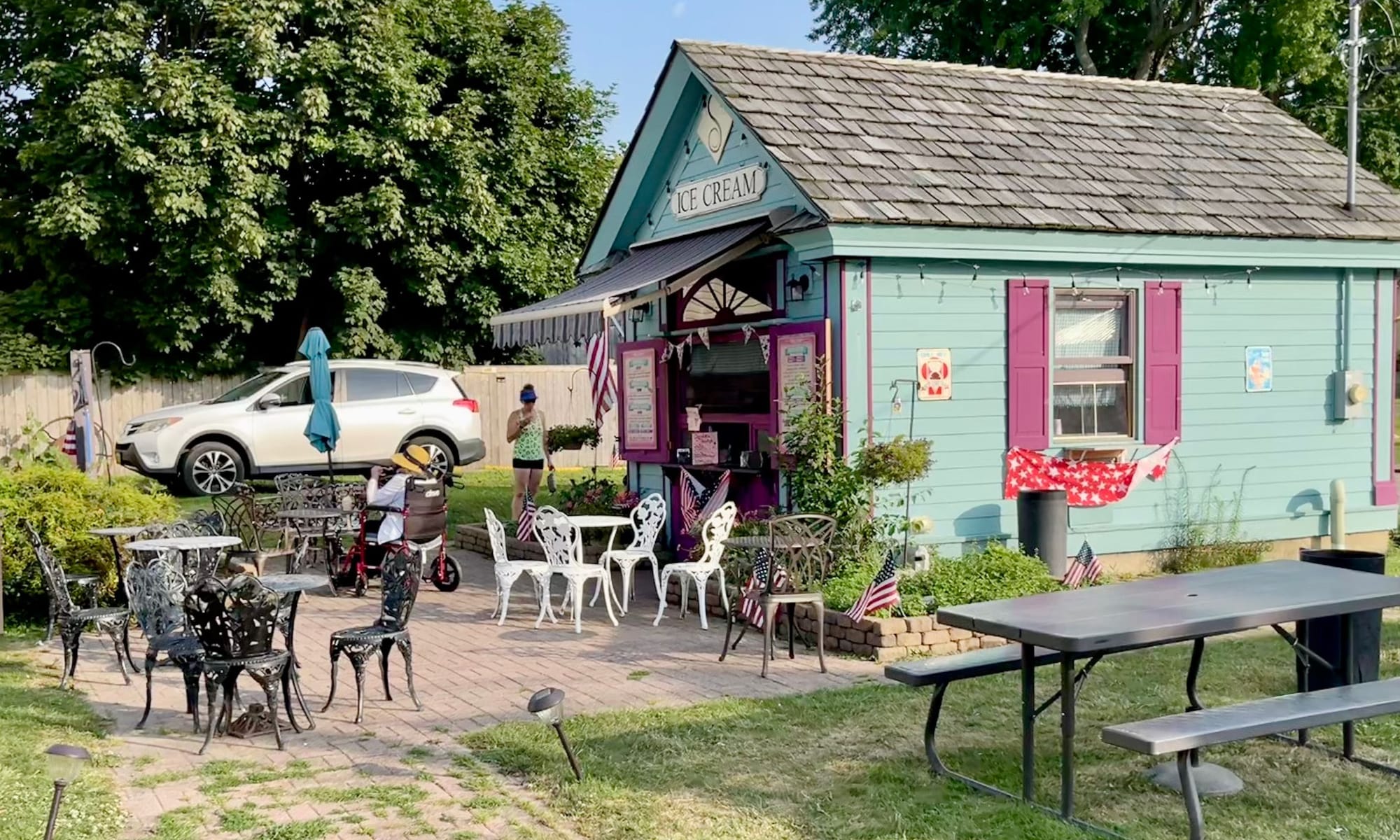
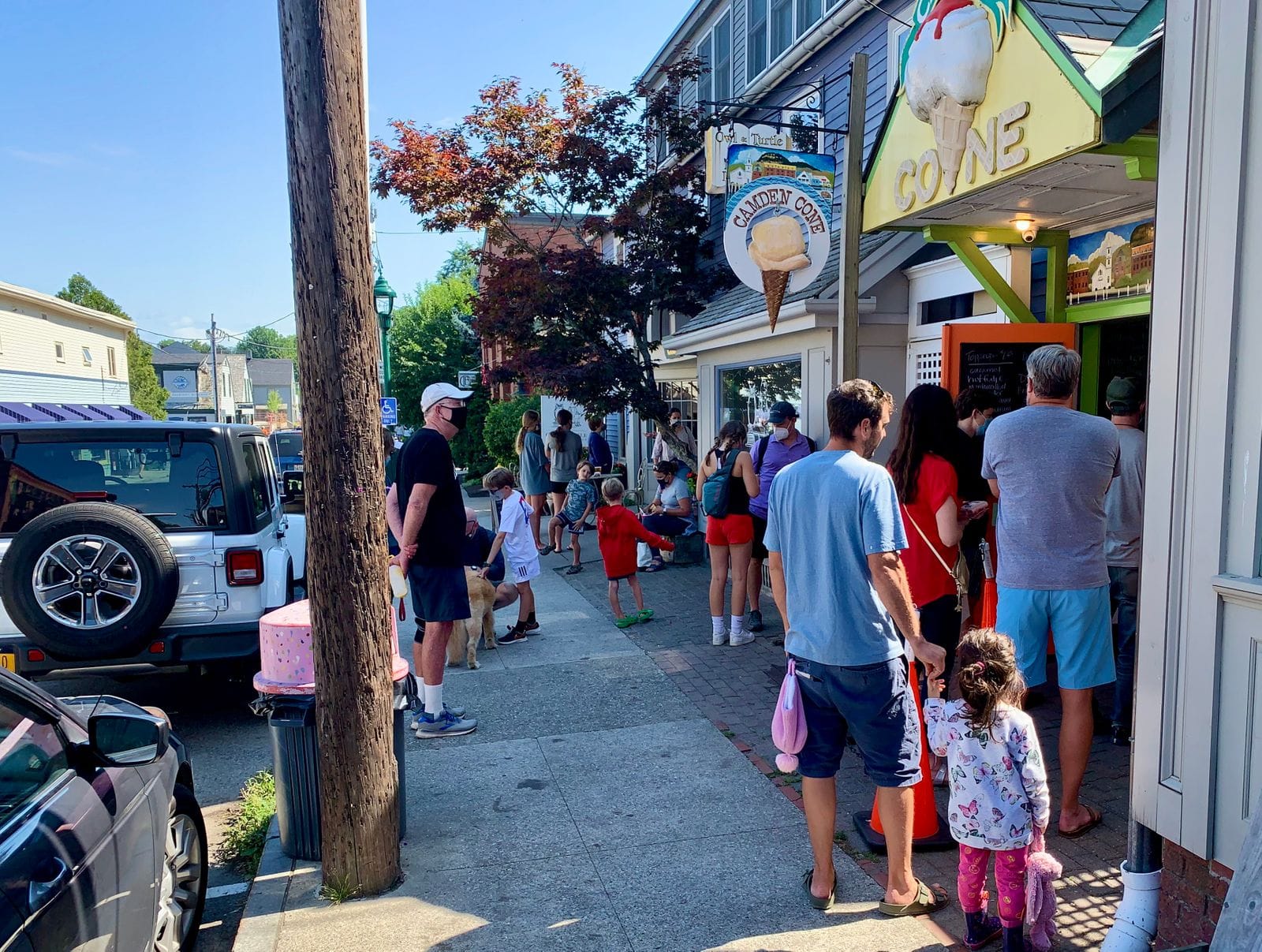
- Comfortable seating
- Some of the most uncomfortable seating out there may be the kind found at sports venues, with hard metal bleachers top of the list. Uncomfortable seating alienates a lot of demographics like the elderly and people with disabilities. Providing more comfortable benches and chairs – or better yet a variety of options so everyone can choose what's best for them – is key to enhancing the social experience.
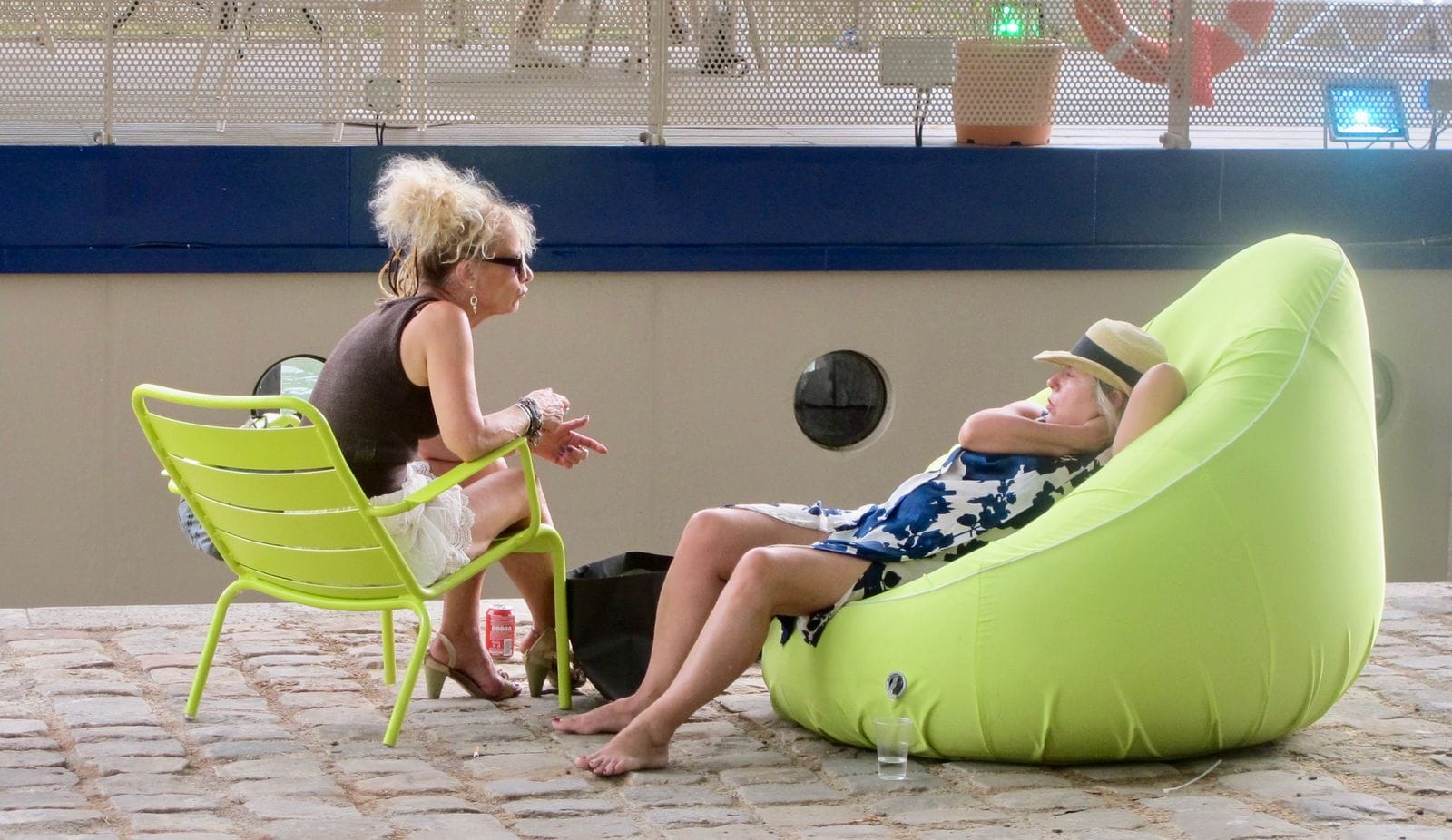
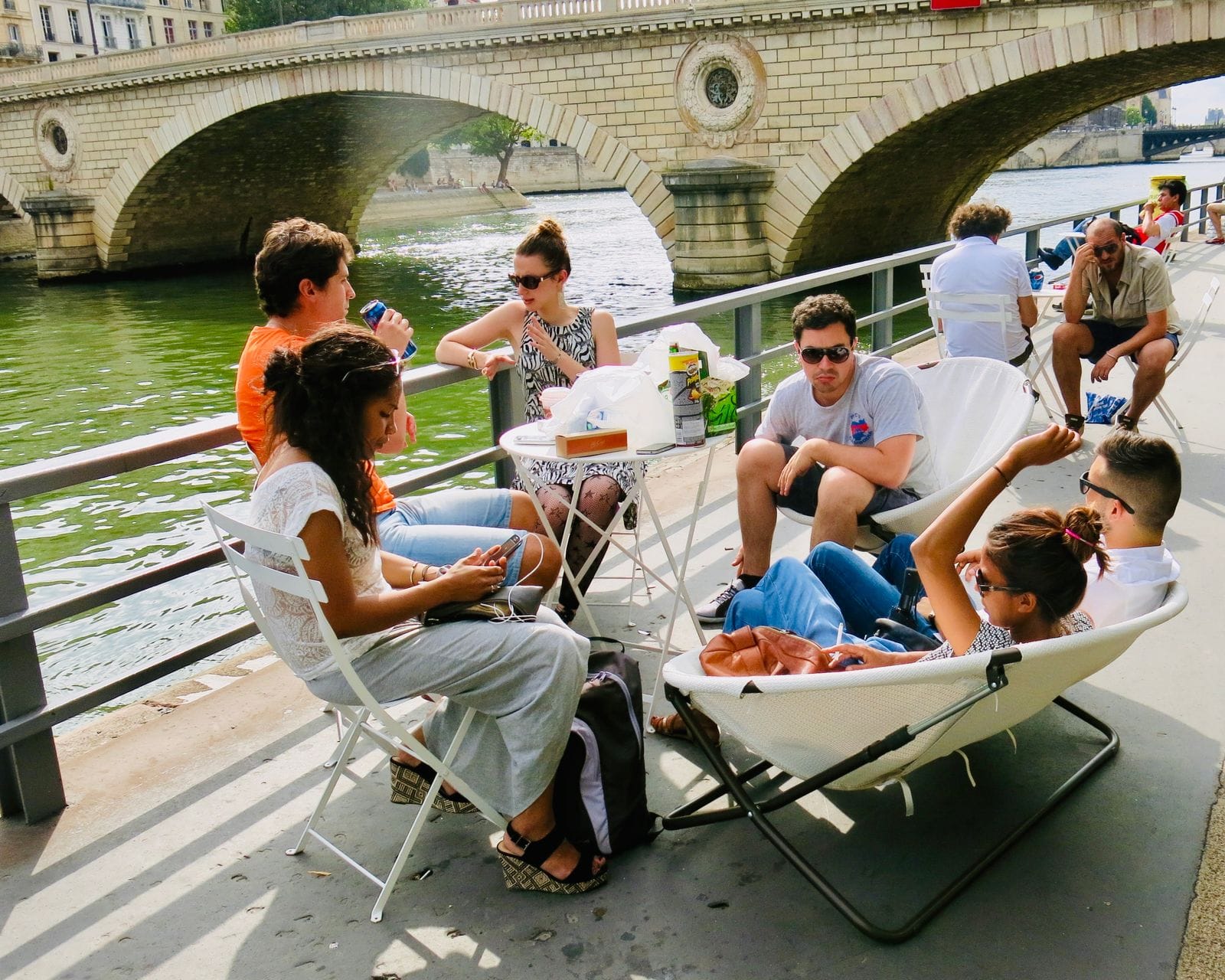
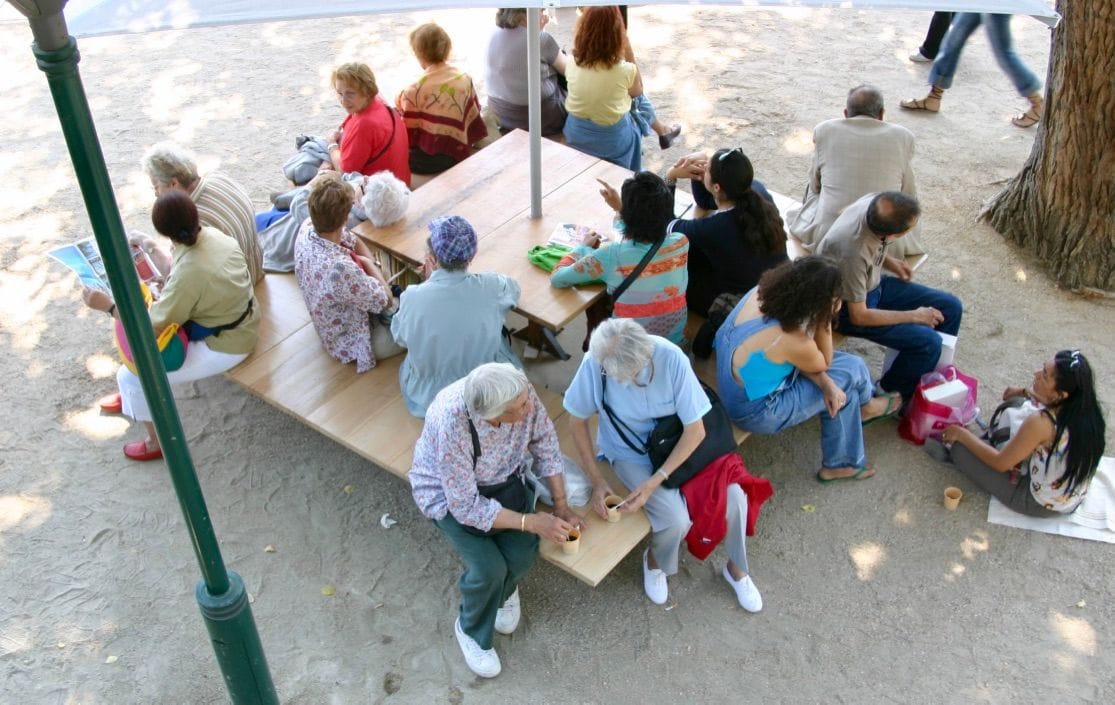
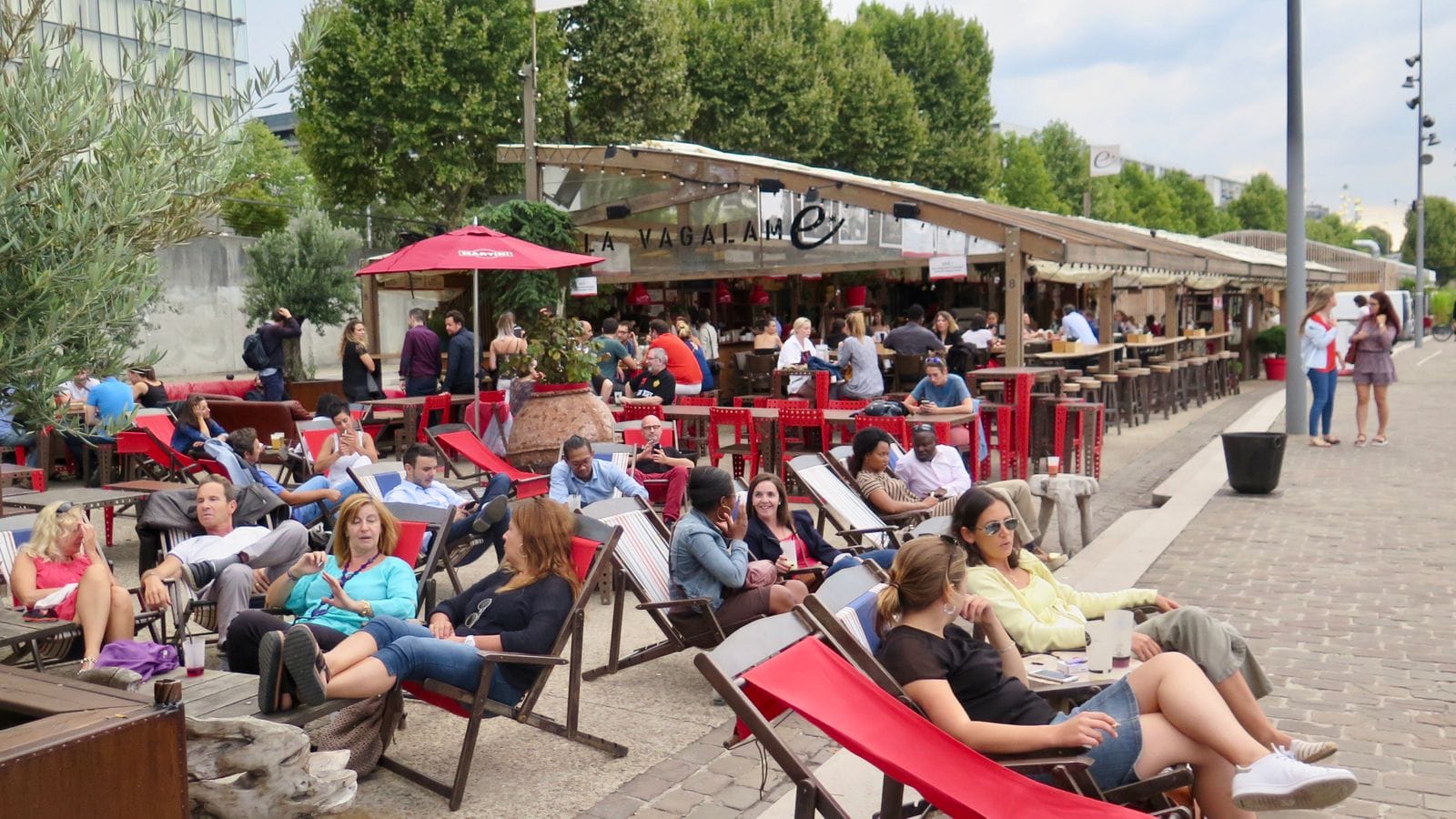
- Accessibility
- On the topic of the elderly and those with disabilities, getting them to enjoy sports events is dependent on accessibility. Are there clear paths that are easy to navigate? Are there appropriate seating options on the ground level? How can they safely navigate a crowded space? These considerations make sports venues welcoming for all members of the community.
- Ways to keep children entertained
- While children love to watch sports too, their attention can be hard to keep focused for long, even if their parents want to keep their own eyes on the game. Having options for kids to stay active and entertained while everyone else is on the edge of their seat is important. Not only that, but making it easy for parents to attend to children's' needs mid game is also key.
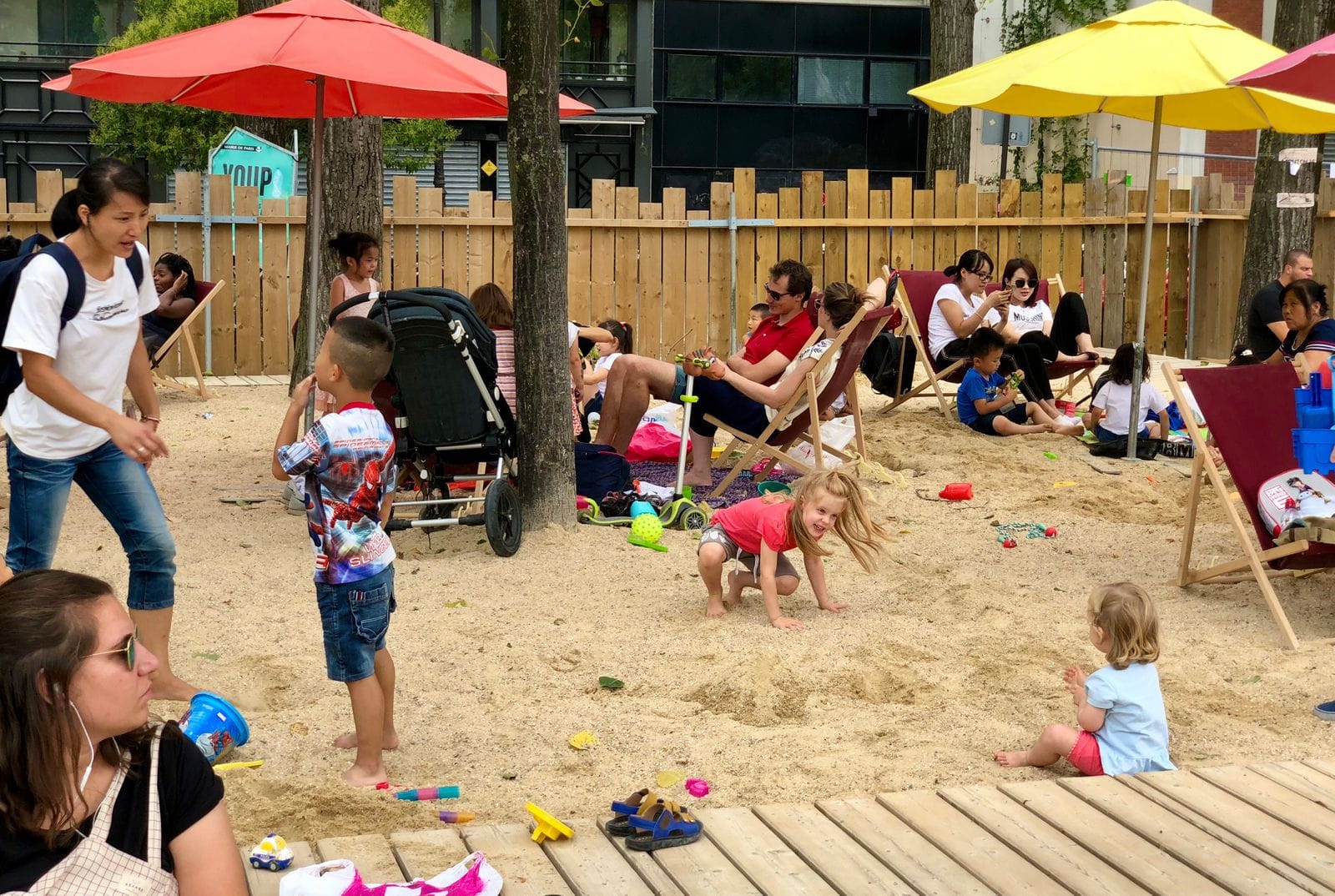
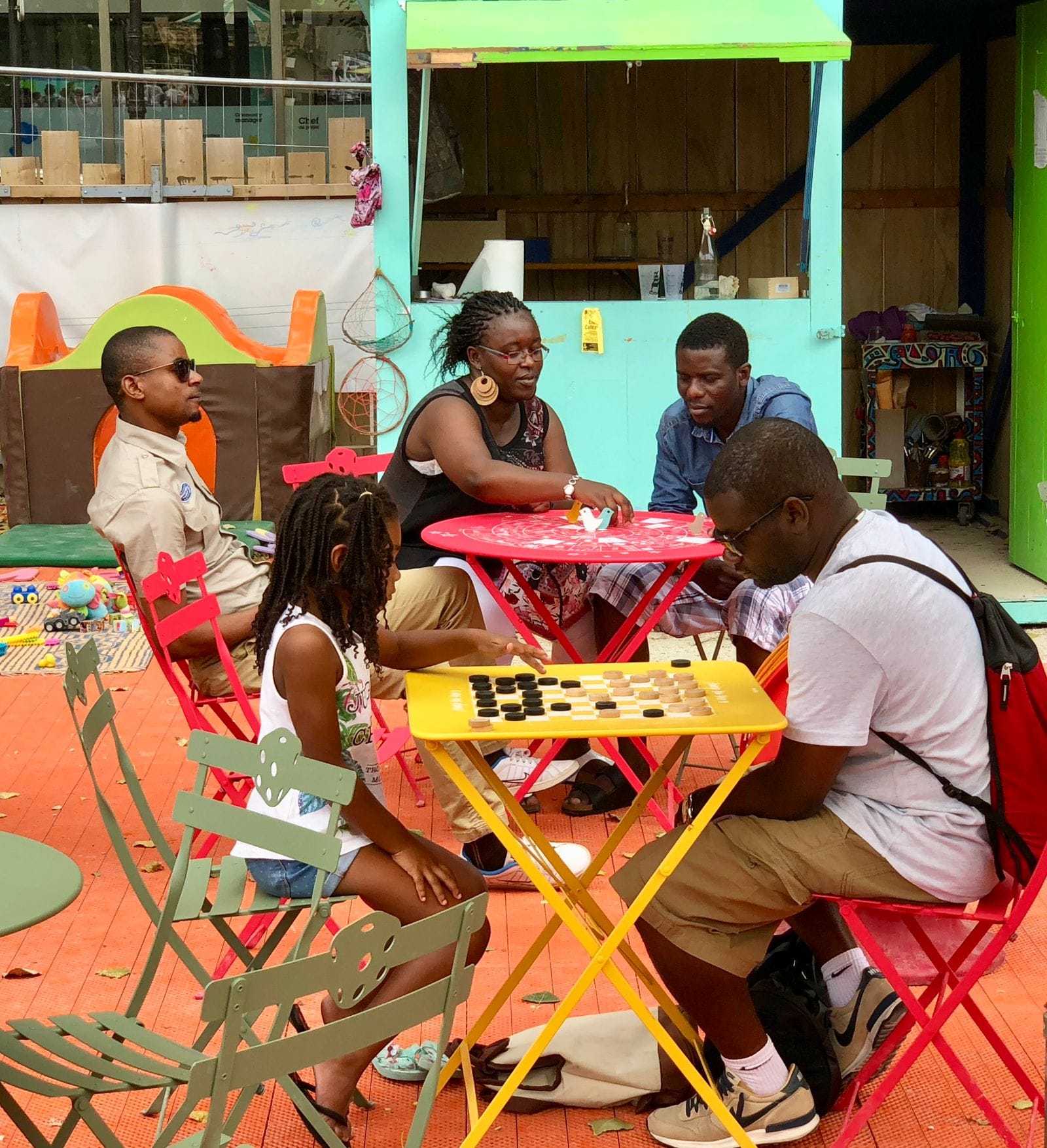
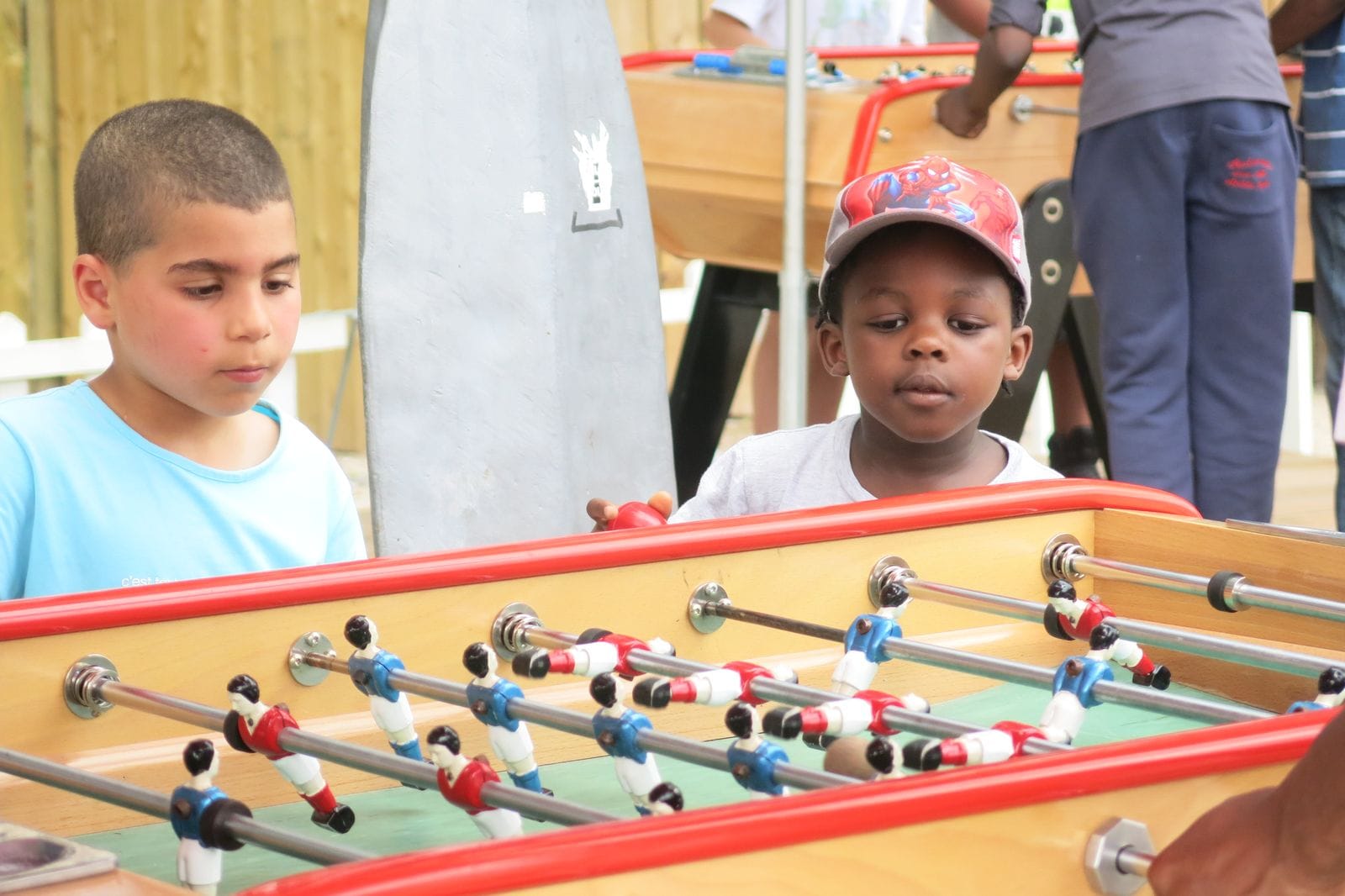
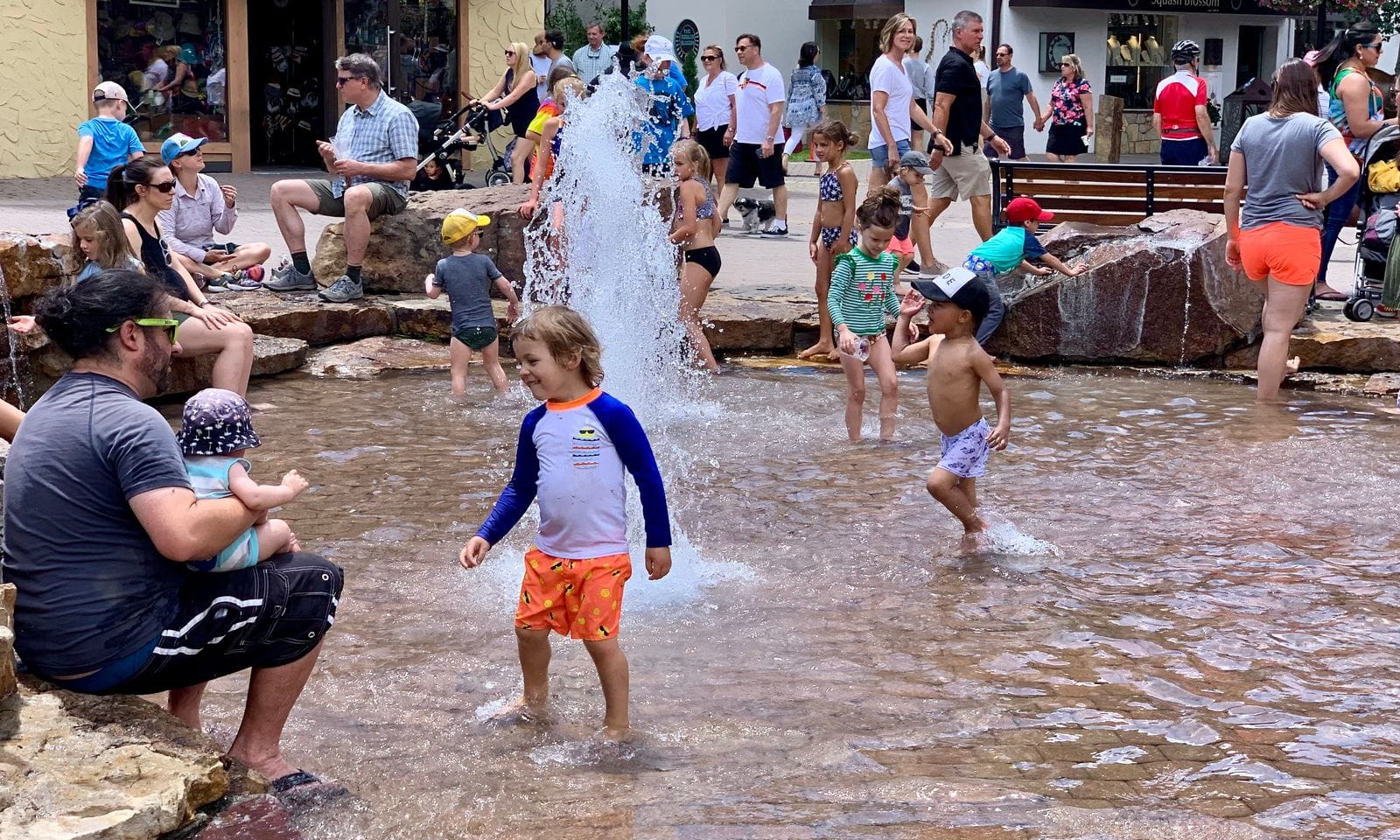
- Bathrooms
- Everyone has to go, from the athletes to the game watchers. So wherever sports are expected to take place, there need to be bathrooms close by. While porta potties are a popular option, they aren't the most comfortable one. If a public place hosts games and sports regularly, a permanent bathroom makes sense to build and will encourage further public activity in the space.
With the right amenities and assets, places for sports can also become places for social life, bringing not only sports fans but the whole community together.
If you are interested in collaborating (articles, presentations, exhibits, projects, and more) or supporting the cause contact us.

